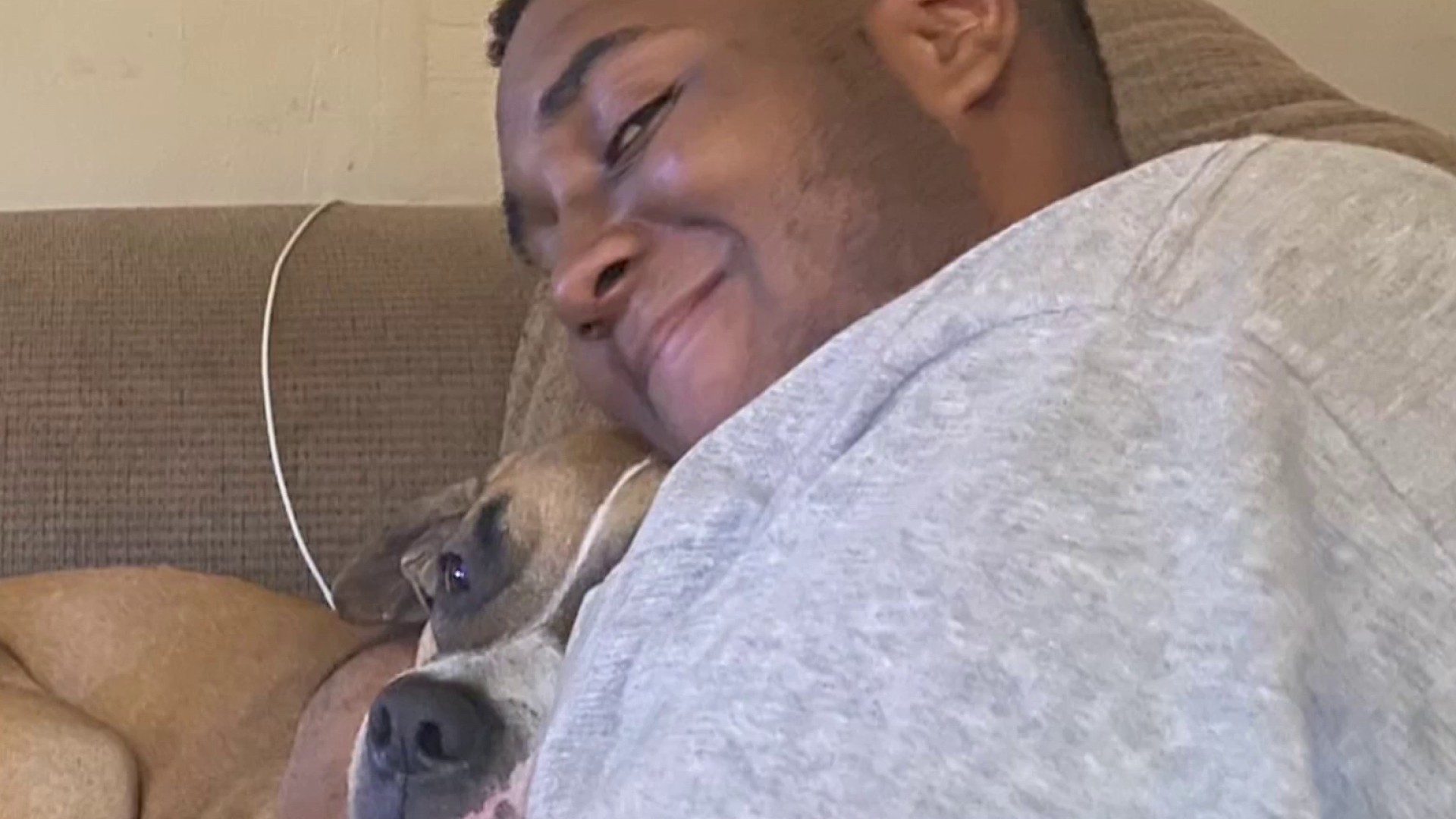It's early March, but don't tell the trees -- Cherry Blossom season is already underway in D.C., with peak bloom right around the corner.
The blossoms are expected to peak March 14 through 17 -- which is early. Usually, peak bloom comes in April, though last year it was around March 25.
That's caused the National Cherry Blossom Festival to stretch, with the festival now starting on March 15. It will last until April 16.
Even if you've lived here for years, we bet there are some things you've just never known about the trees.
Don't want to break the law? Tired of tourists? Wondering what FLOTUSes have to do with any of this? Read on:
Peak dates aren't everything:
Local
Washington, D.C., Maryland and Virginia local news, events and information
Peak bloom occurs when 70 percent of the Yoshino cherry trees along the Tidal Basin are in bloom. But don't think you have to wait until then to actually enjoy the sights. First, we promise they're still pretty at 50 percent or less. They're the cherry blossoms, after all.
Besides, there are several phases during what the NPS calls "Bloomwatch." The trees start to get pretty during the extremely scientific-sounding phase of Peduncle Elongation, and the not-even-a-little scientific-sounding phase of Puffy White. Those usually happens 6-10 days and 4-6 days before peak bloom, respectively.
Finally, some varieties of cherry trees bloom sooner than the Yoshino trees (more on that further below).
Weather sets the rules (unfortunately):
We know the warm weather has sped up the bloom this year. And that's not uncommon. Extremely warm or cold temps have led to peak bloom as early as March 15 (1990) and as late as April 18 (1958), and rain or wind can cut the blooming period short.
Something you shouldn't think about:
Directly from the NPS: "A late frost can prevent the trees from blooming at all." (But you didn't just read that.)
How to hide from tourists:
Teeming masses may be the first thing that pops into your mind when it comes to seeing the blossoms. But cherry trees are located all over the D.C. area -- you don't have to pack into the crowds at the Tidal Basin.
Instead, try the grounds of the Washington Monument (OK, that may only be slightly better); Anacostia Park, Dumbarton Oaks in Georgetown; the Kenwood neighborhood of Bethesda, Maryland, or several other spots.
Don't fight the law:
It's actually illegal to climb the delicate trees or to pick blossoms or branches. In fact, new blossoms can never grow again from a twig or branch that has been snapped -- so just say no.
You also shouldn't walk directly under the trees; that compacts the soil and makes it harder for the trees to absorb water. And we don't want that.
Don't be fooled by fakes:
Impostors are out there! Blossoms on plenty of other trees can resemble cherry blossoms. Of course, that doesn't make them any less enjoyable, but doppelgangers may include almond trees, damson trees, or apple, peach, pear and plum blossoms, according to the British Natural History Museum. Dogwood trees and magnolias are a couple of other tricky ones.
Colors may vary:
Of course, just to throw some more confusion into the mix, cherry blossoms can be white, ivory, pale pink or bright pink.
So who's who (and when do they bloom)?
Yoshino and Kwanzan are the two most prominent varieties of cherry tree in D.C., according to the NPS, although you'll find several other breeds as well.
Yoshinos are dominant around the Tidal Basin and on the grounds of the Washington Monument, according to the NPS. Yoshinos have single white blossoms, but the trees are mixed in with a small number of Akebono cherry trees, a mutation of the Yoshino tree that has pale pink blossoms.
If you miss their peak bloom, don't fret. The Kwanzan cherry trees bloom about two weeks after the Yoshinos. You'll find them in East Potomac Park with their clear pink double blossoms.
Weeping Japanese cherry trees (also called Higan cherry trees) are interspersed among the others. Their blossoms vary, but can be both single and double, and white to dark pink. They bloom about one week before the Yoshinos, the NPS said.
Long time coming:
First efforts to get cherry blossoms in D.C. began with Eliza Ruhamah Scidmore in 1885, but her proposal was ignored for decades.
Yes, persistence pays off. After trying to raise money to buy the trees, she ultimately wrote to First Lady Helen Taft, who took up the cause and received an offer from Japan to donate the trees.
FLOTUSes (FLOTi?) in charge:
The original batch of trees arrived in 1910 but were infested with nematodes and had to be burned. Two years later, Mrs. Taft and Japanese Viscountess Iwa Chinda ceremonially planted the new batch of trees.
More than half a century later, Lady Bird Johnson and Ryuji Takeuchi, wife of Japan's ambassador, reenacted the planting ceremony of 1912 after Japan gifted another set of trees to Lady Bird. Many of these 1965 trees were planted on the grounds of the Washington Monument.
After Pearl Harbor:
Four days after the Japanese attack on Pearl Harbor in 1941, four cherry trees were cut down in suspected retaliation for the attack.
While the exact reason for the vandalism never was determined, the trees were temporarily referred to as "Oriental" flowering cherry trees in hopes of preventing more damage, the NPS said.
Repairing Relations With Japan:
In 1952, Japan asked the U.S. for help restoring a grove of cherry trees that had fallen into disrepair near Tokyo during the war. The NPS shipped budwood from descendants of D.C.'s first cherry trees back to Tokyo to try to restore the original grove.
Reinforcements sometimes necessary:
No, they're not all from 1912. New trees have been regularly planted, including in 1965, the late 1980s, 1999 and from 2002 to 2006, according to the NPS.



